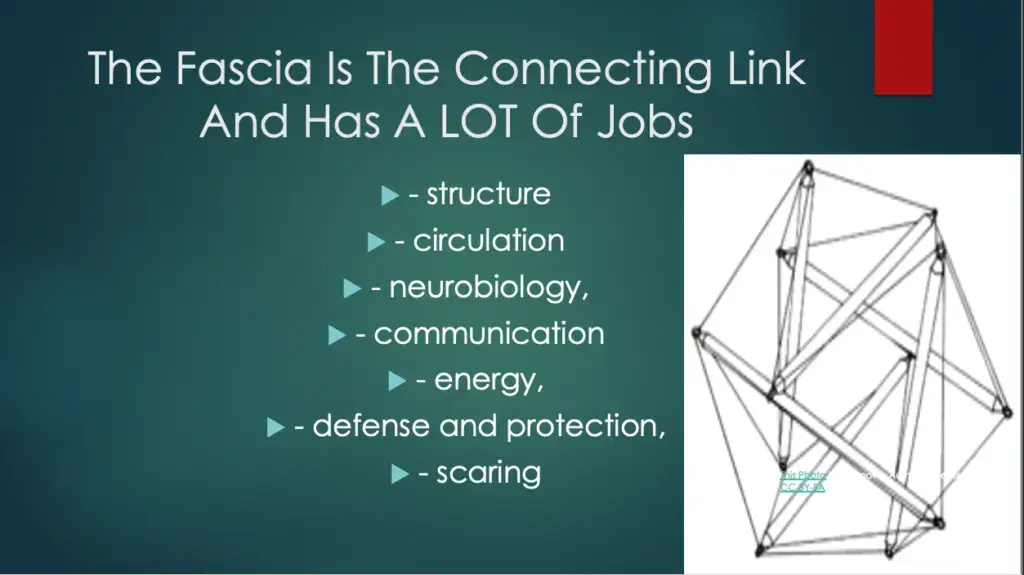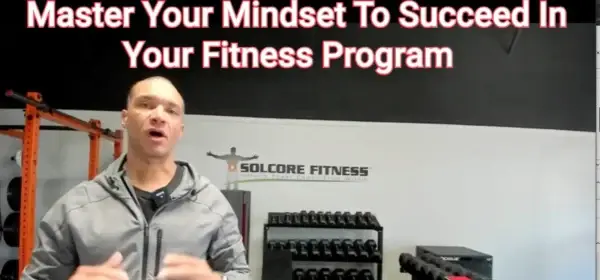
Fascia is far more than “just” connective tissue—it’s the continuous, living network that links every part of your body, from muscles and organs to bones, nerves, tendons, and ligaments. When healthy, fascia is hydrated, flexible, and responsive; it supports mobility, strength, injury prevention, and whole-body balance. If neglected or treated incorrectly, it dries, sticks, and restricts movement, leading to pain and dysfunction.
Understanding the essentials of fascia is key to effective training and resilient health. Imagine fascia as a four-dimensional web that wraps around, joins, and stabilizes every internal structure. Its jobs are many: structural support, fluid transport, nerve communication, immune defense, and even healing after injury. If one area of your fascia is restricted, the whole system is thrown off—impacting posture, coordination, and performance.
Most people treat fascia incorrectly by using foam rollers, massage guns, or indiscriminate tools. These methods often compress and bluntly “smush” the tissue, collapsing its intricate tubes and potentially adding trauma to an already compromised system. While some relief may come from briefly numbing trigger points, lasting health demands a smarter approach that acknowledges fascia’s global connections and functions.
Optimal fascia training starts with hydration. Quality water supports the tissue’s slippery, responsive properties, preventing the “beef jerky” effect that leads to tears, pain, or stiffness. Beyond hydration, fascia thrives on freedom—if bound, it’s unable to transport fluids or information and can’t defend against inflammation or injury.
You also need to “educate” your fascia. Just as muscles get smarter through use, fascia needs stimulation and movement variety to keep its nervous system keen. Bad posture or monotony “dumbs down” the fascia, leading to rigid, awkward, robotic movement. Fluid, coordinated movement only happens when the fascial network is both strong and intelligent, able to communicate efficiently with the rest of your body.
So how should you train fascia?
- Invest in movement sequences that integrate the whole chain—never isolate one area without considering its links to the hips, shoulders, feet, or head.
- Seek hands-on therapy or movement education that works with the fascia—not against it—restoring its natural flow, freedom, and intelligence.
- Practice fascia-focused stretching and strengthening with specific attention to muscle actions/reactions and by using techniques that involve full kinetic chains, not single muscles in isolation.
A common pain point is the IT band along your lateral thigh. True fascia health for that structure comes not by rolling, but by addressing all connections: hip, knee, and even the foot, as well as working with the TFL and gluteal muscles in context.
In summary, treat your fascia as a living, networked system. Hydrate, move with intelligence, and respect the global connections—your strength, pain relief, and mobility will reflect it.
Ready to Move, Live, and Perform Better?
If you want to heal pain or unlock new levels of mobility and resilience with fascia-focused training, Book a free consult. Get expert eyes on your program and build a real foundation for lasting strength.
it’s not just working out, it’s building a foundation for a better life.
Find out more @









